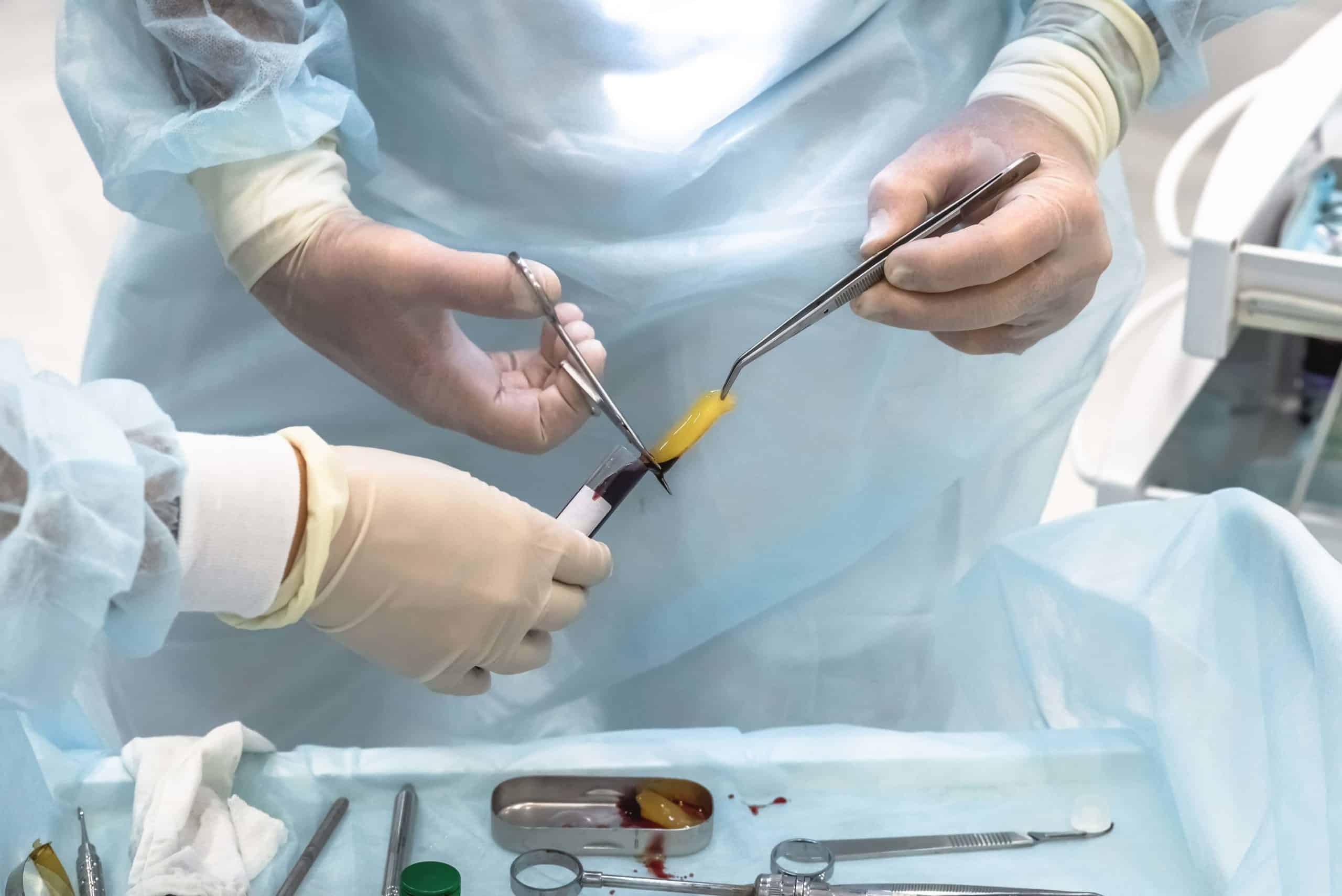Introduction
Platelet Rich Fibrin (PRF) has emerged as an innovative and promising technique in regenerative medicine. With its ability to accelerate healing, promote tissue regeneration, and enhance the success of various medical and dental procedures, PRF has gained significant attention from healthcare professionals worldwide. Understanding what PRF is and how it works is essential for appreciating its potential applications and benefits.
PRF is a biological concentrate derived from a patient’s own blood, containing a rich source of platelets, fibrin, and growth factors. These components play a crucial role in the body’s natural healing process. By harnessing the power of these natural elements, PRF offers a unique approach to promoting tissue repair and regeneration.
In this blog, we will delve into the intricacies of PRF, exploring its composition, preparation methods, and the mechanisms through which it exerts its therapeutic effects. Furthermore, we will explore the diverse clinical applications of PRF, ranging from dentistry to orthopedics and dermatology. Understanding PRF’s advantages, limitations, and potential risks will provide valuable insights for healthcare practitioners and patients considering its use.
Additionally, we will compare PRF with other platelet concentrate techniques, such as Platelet Rich Plasma (PRP), highlighting PRF’s unique characteristics and advantages. Moreover, we will discuss ongoing research and future directions in the field of PRF, uncovering exciting possibilities and areas for further exploration.
By the end of this blog, you will have a comprehensive understanding of PRF, its applications, and the underlying science behind its remarkable healing potential. Join us on this enlightening journey into Platelet Rich Fibrin and discover how this innovative therapy is revolutionizing how we approach regenerative medicine.
Composition and Preparation of PRF
Understanding the components of PRF
Platelet Rich Fibrin (PRF) is a concentrated autologous biomaterial obtained from the patient’s blood. It contains a unique combination of platelets, fibrin, and growth factors essential for tissue repair and regeneration. Platelets, small cell fragments in the blood, are known for their role in clot formation and wound healing. Fibrin, a fibrous protein, is a scaffold for cell migration and tissue regeneration. The growth factors present in PRF, including platelet-derived growth factor (PDGF), transforming growth factor-beta (TGF-β), and vascular endothelial growth factor (VEGF), stimulate cellular activities and promote tissue regeneration.
Step-by-step process of PRF preparation
The preparation of PRF involves a relatively simple and minimally invasive procedure. Here is a step-by-step breakdown of the PRF preparation process:
Blood collection: A small amount of the patient’s blood is drawn using a sterile syringe or a specialized PRF collection system. The blood is usually collected from the patient’s arm vein, similar to a routine blood test.
Centrifugation: The collected blood is then subjected to centrifugation. This process separates the different components of the blood based on their density. During centrifugation, the blood spins at a specific speed, causing the heavier red blood cells to settle at the bottom, the PRF clot to form in the middle, and the platelet-poor plasma to collect on top.
PRF separation: After centrifugation, the PRF clot is carefully separated from the red blood cells and platelet-poor plasma using sterile instruments. The PRF clot appears as a gel-like substance with a fibrin mesh structure.
Activation (optional): Depending on the intended use, the PRF can be left in its natural state or activated by gentle agitation or exposure to calcium chloride solution. Activation triggers the release of growth factors and enhances the therapeutic properties of PRF.
The freshly prepared PRF is now ready for use in various medical and dental procedures, harnessing the regenerative potential of the patient’s blood components.
The composition and preparation of PRF highlight its autologous nature, minimizing the risk of adverse reactions or immune responses. This natural healing approach has contributed to PRF’s growing popularity in regenerative medicine.
Mechanism of Action
How PRF works in tissue regeneration
Platelet Rich Fibrin (PRF) exerts its therapeutic effects through a complex interplay of various biological mechanisms. When PRF is applied to a site of injury or tissue damage, it initiates a cascade of events that promote tissue regeneration and healing.
Role of platelets in PRF and their release of growth factors
Platelets play a pivotal role in PRF’s regenerative capabilities. Once activated, platelets release many growth factors and bioactive molecules that stimulate cellular activities and tissue repair. Some of the key growth factors released by platelets in PRF include platelet-derived growth factor (PDGF), transforming growth factor-beta (TGF-β), insulin-like growth factor (IGF), and vascular endothelial growth factor (VEGF).
Activation and signaling pathways involved in PRF’s therapeutic effects
PRF contains both inactive and activated platelets. When PRF is activated naturally through the wound environment or through artificial activation methods, the platelets undergo degranulation, releasing growth factors and cytokines. These bioactive molecules initiate various signaling pathways, such as the PI3K/Akt and MAPK pathways, which promote cellular proliferation, angiogenesis (formation of new blood vessels), and extracellular matrix remodeling.
The growth factors and bioactive molecules released by platelets in PRF stimulate the migration, proliferation, and differentiation of various cells involved in tissue regeneration. They attract stem cells, fibroblasts, and osteoblasts to the injury site, promoting the synthesis of new extracellular matrix components, such as collagen, and facilitating tissue regeneration.
Furthermore, the fibrin mesh structure present in PRF acts as a scaffold for cell migration, providing structural support and promoting the organization of new tissue. It also helps in the retention and sustained release of growth factors, prolonging their therapeutic effects.
The unique combination of growth factors, cytokines, and fibrin in PRF creates an optimal microenvironment for tissue regeneration and accelerates the natural healing process. The regenerative potential of PRF makes it an attractive option in various medical and dental applications.
Advantages and Limitations of PRF
Benefits of using PRF in various procedures
Autologous nature: PRF is derived from the patient’s blood, minimizing the risk of immune reactions or disease transmission.
Regenerative potential: PRF contains a rich source of growth factors and bioactive molecules that stimulate tissue repair and promote natural healing.
Simple and minimally invasive: The preparation process of PRF is relatively straightforward, and its application in procedures often requires minimal invasion, reducing patient discomfort and recovery time.
Cost-effective: PRF utilizes the patient’s blood, eliminating the need for expensive synthetic growth factors or biomaterials.
Versatility: PRF has shown efficacy in various medical and dental applications, making it a versatile treatment option.
Potential side effects or risks associated with PRF
Infection: Although rare, there is a minimal risk of infection at the injection or treatment site.
Inadequate response: The effectiveness of PRF can vary between individuals, and some patients may need to achieve the desired therapeutic outcomes.
Limited evidence: While the clinical applications of PRF are expanding, further research is needed to establish its efficacy and optimal protocols in different procedures.
Factors influencing the effectiveness of PRF treatment
Patient-related factors: The overall health, age, and individual healing capacity of the patient can impact the success of PRF treatment.
Technique and protocol variations: The specific preparation method, activation technique, and application protocols can influence the quality and effectiveness of PRF.
Adjunctive therapies: Combining PRF with other treatments, such as bone grafts or surgical procedures, may enhance outcomes in certain cases.
When considering its application, understanding the advantages and limitations of PRF is crucial for both healthcare professionals and patients. While PRF holds great promise, it is important to weigh the potential benefits against the individual patient’s circumstances and consider other treatment options when necessary.
Conclusion
Platelet Rich Fibrin (PRF) has emerged as an exciting breakthrough in regenerative medicine, harnessing the body’s natural healing potential for tissue repair and regeneration. Throughout this blog, we have explored the composition and preparation of PRF, delved into its mechanisms of action, and discussed its clinical applications in dentistry, orthopedics, and dermatology.
PRF offers numerous advantages, including its autologous nature, regenerative potential, simplicity of preparation, and versatility in various procedures. It has shown promise in promoting faster healing, enhancing treatment outcomes, and reducing complications. However, it is important to acknowledge the potential risks, the need for further research, and the individual factors that may influence its effectiveness.
If you are considering PRF treatments, consulting with a qualified healthcare professional is crucial. One such provider is The Beauty Bar Aesthetics & Wellness, PLLC. They offer a range of aesthetic and wellness services, including PRF treatments, administered by experienced practitioners who prioritize patient safety and satisfaction.
Platelet Rich Fibrin (PRF) represents an exciting frontier in regenerative medicine, offering new possibilities for healing and tissue regeneration. As research and advancements continue, PRF’s potential applications and benefits are poised to expand, revolutionizing how we approach medical and dental treatments.
We encourage you to stay informed, explore the possibilities, and converse with healthcare professionals to determine if PRF is the right choice for you. Embrace the transformative potential of PRF and embark on a journey toward enhanced healing and well-being.







